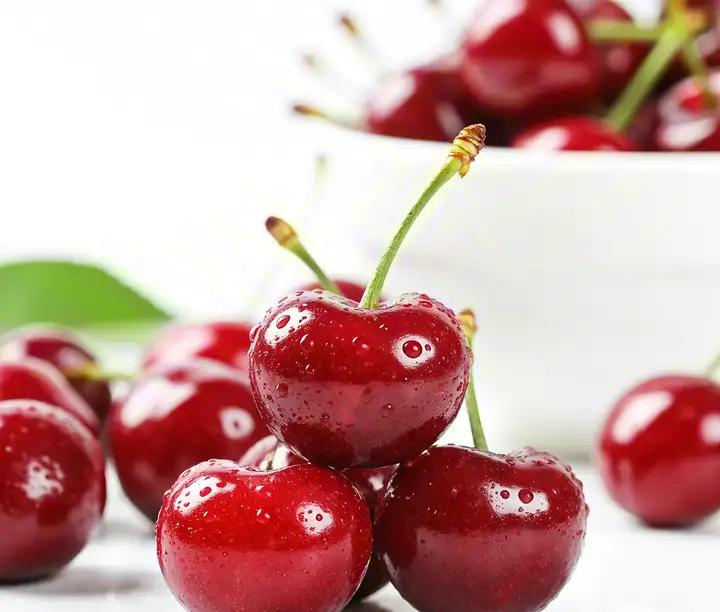The Science Behind Cherry Preservation During Long-Distance Transport
Imported cherries from countries like Chile and the United States remain fresh after 20-30 days of shipping due to advanced preservation techniques including pre-cooling, controlled atmosphere storage, and precise temperature control systems.

Cherries arriving in pristine condition after weeks of ocean transport demonstrate the remarkable achievements of modern food preservation technology. The journey of these delicate fruits from orchards in Chile, the United States, and other major producing countries to consumers' tables involves a sophisticated preservation process.
The preservation system consists of three key components. First, pre-cooling technology rapidly reduces the cherries' temperature immediately after harvest. Within two hours of picking, the fruits enter cooling chambers where their core temperature is lowered to around 0°C. This quick temperature reduction significantly slows down their metabolic rate and respiration, which helps prevent deterioration.
The second critical element is controlled atmosphere storage. During transport, the cherries are kept in specially designed containers where oxygen levels are reduced while carbon dioxide levels are carefully increased. This modified atmosphere further slows down the fruits' respiration and metabolism. However, carbon dioxide levels must be maintained below 30% to prevent discoloration and off-flavors.
Temperature control forms the third pillar of this preservation system. Throughout the entire journey, cherries are kept at a consistent temperature between 0-4°C. Modern refrigerated containers are equipped with precise temperature monitoring and control systems to maintain these optimal conditions.
The cherries' natural characteristics also play a role in their preservation potential. Imported varieties often have thicker skins compared to local varieties, making them more resistant to physical damage during transport. Additionally, cherries are non-climacteric fruits, meaning they don’t continue to ripen after harvest, which helps maintain their quality during long journeys.
Quality control begins in the orchards. In Chile, for example, cherries are carefully graded by size, with classifications ranging from J (smallest) to JJJJ (largest, over 3.2cm). This sorting process, done by automated systems, ensures uniform quality and appropriate handling for each size category.
These preservation techniques have transformed the global cherry trade. Chilean cherries, which arrive during the Chinese New Year period, can maintain their crispness and flavor despite traveling across the Pacific Ocean. This technological achievement has made it possible for consumers to enjoy fresh cherries year-round, regardless of local growing seasons.
The preservation methods used are safe and regulated. The “preservatives” mentioned in some sources typically refer to natural protective coatings like food-grade wax or controlled atmosphere conditions rather than chemical additives. When properly stored in home refrigerators, these cherries can maintain their quality for an additional 1-2 weeks after purchase.